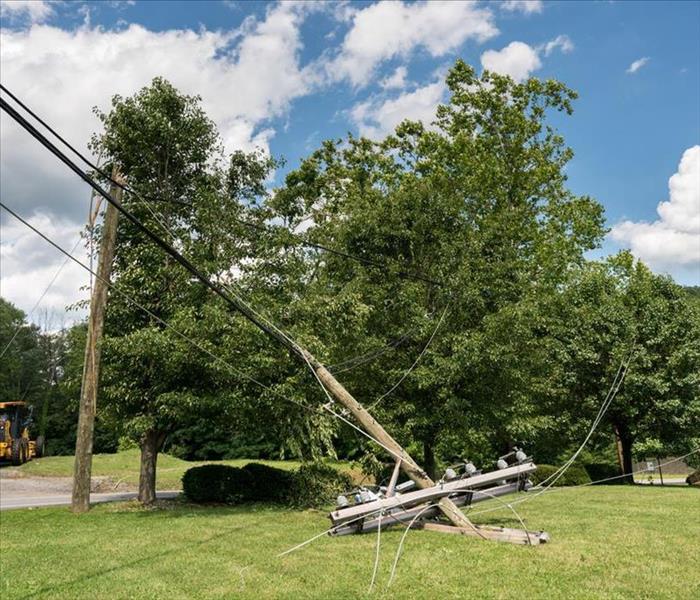How to Prepare Your Company For Disasters
3/3/2020 (Permalink)
No business owner ever thinks that a major disaster will befall their company, but planning for the worst case scenario will help them get their company in St. Charles, IL back on its feet much quicker in the event of a real emergency. The Federal Emergency Management Agency (FEMA) recommends that a disaster preparedness plan should consider both natural and man-made disasters.
Natural Disasters
It is critical to identify all of the natural disaster situations that could potentially affect your company. Every region in the country has different weather-related situations they must plan for. They can include:
- Tornadoes
- Hurricanes
- Earthquakes
- Floods
- Wildfires
Included in natural disaster business preparedness would be an in-place shelter for employees and visitors to meet. In the case of tornadoes, this should be an interior room with no outside windows.
Man-Made Disasters
Hazardous material spills or exposure
Power outages
Structural collapse
Technical disasters - These can include loss of data and security breaches
Detailed evacuation procedures would be essential when devising a plan for man-made disasters. Ensuring the safety of your employees and visitors is your top priority.
Develop a Successful Plan
The key to a successful disaster preparedness plan is to first conduct a risk assessment to identify all of the situations that can potentially affect your company. It is smart to have an “all-hazards” approach when developing your plan so that no matter what disaster you encounter, your company will be prepared. A disaster plan should include:
- Mitigation, preparation, response and recovery plans to handle the hazards and risks appropriate to your company
- Written procedures to address all of the steps involved in preparation and response
- Training of all personnel, including all visitors on the premises
- Data backup management plans
- Plans on how to communicate with internal and external parties regarding the situation, including a robust alarm system
- Emergency drills at regular intervals with all employees, making sure to document any weak areas that need to be improved
When developing your disaster preparedness plan, remember the “3 P’s” - plan, prepare and practice.




 24/7 Emergency Service
24/7 Emergency Service
